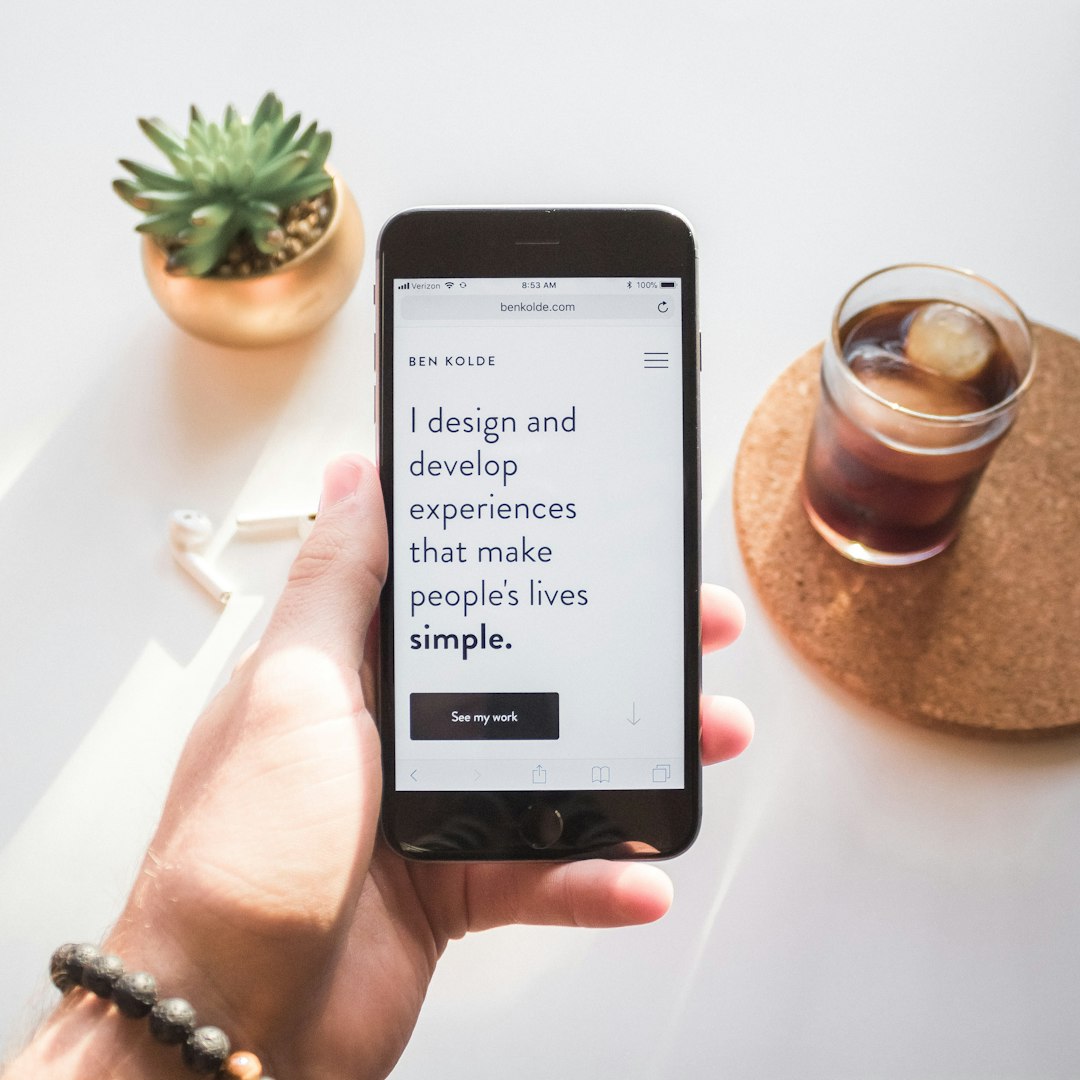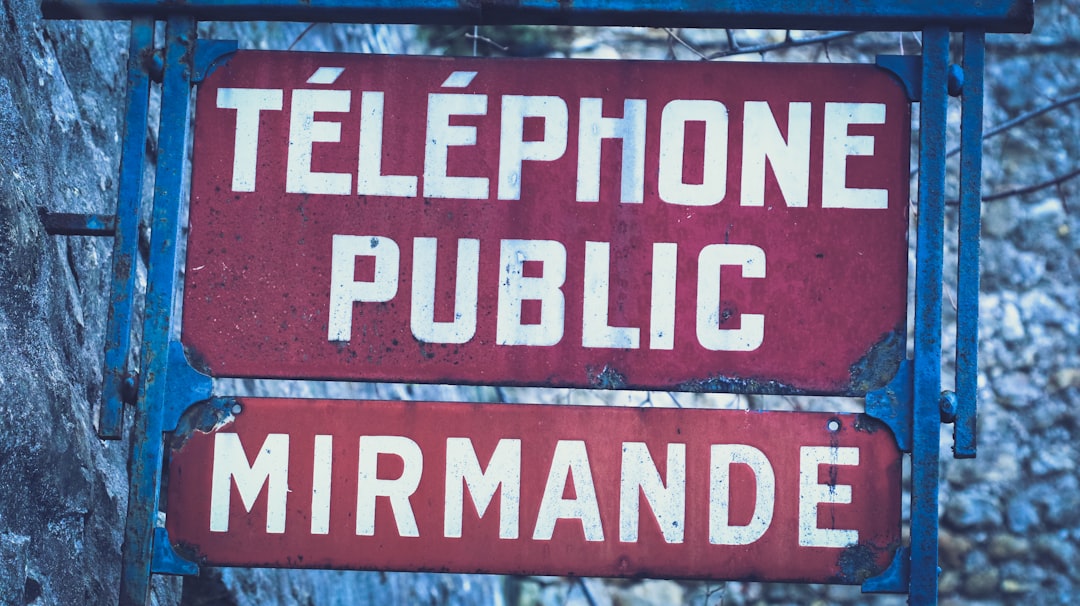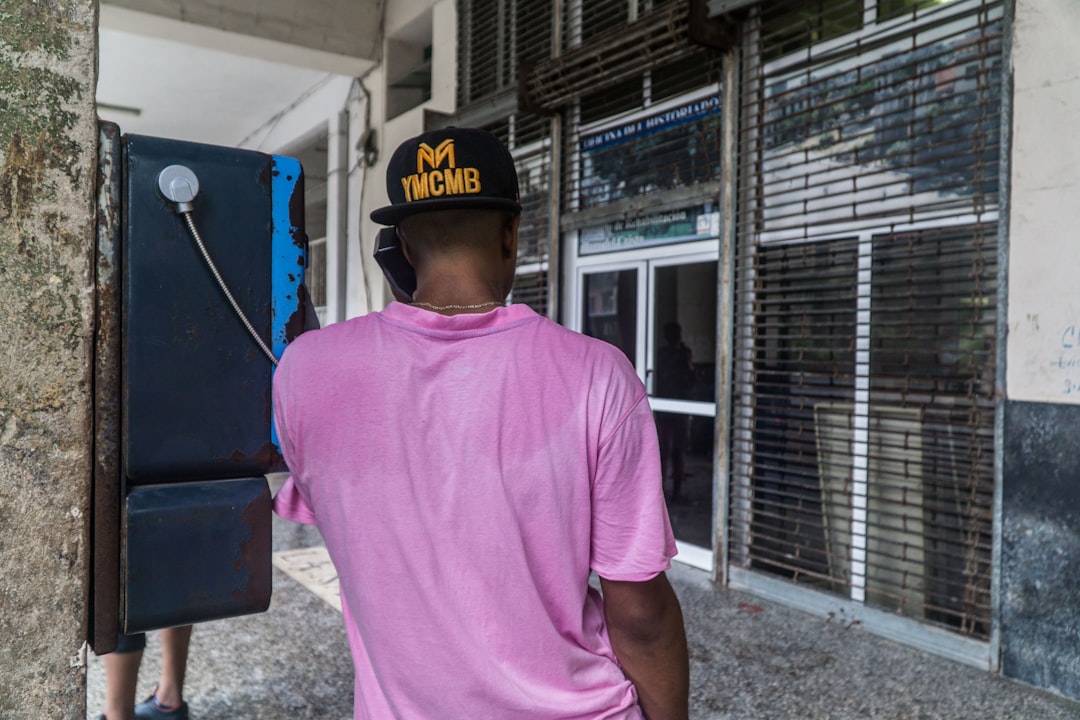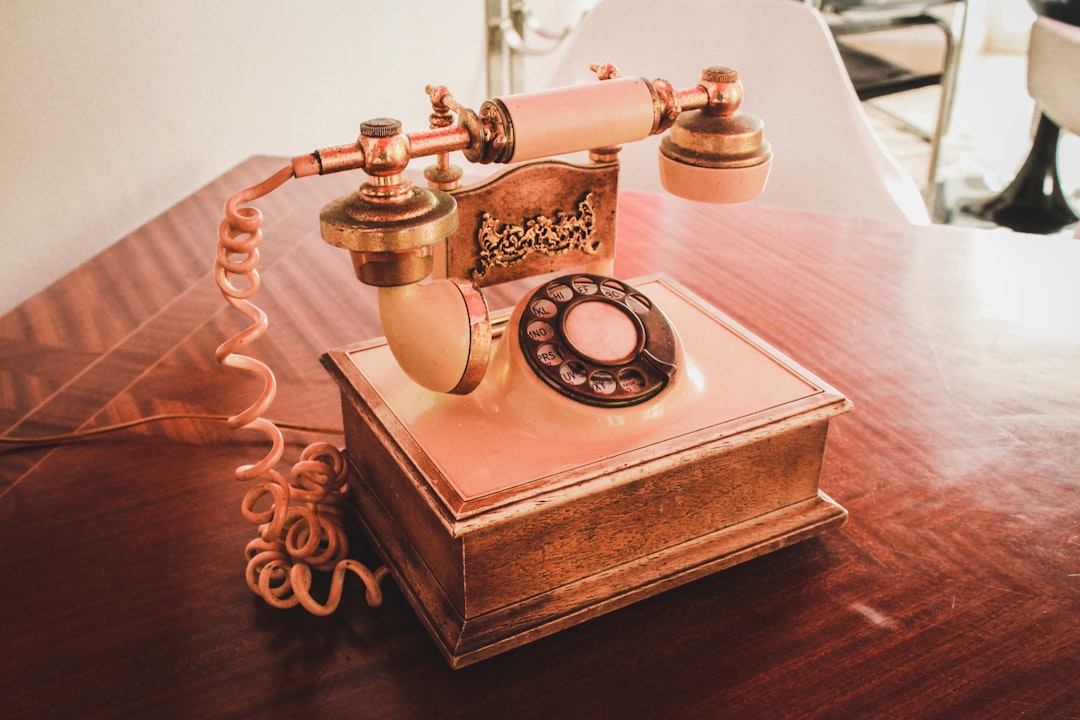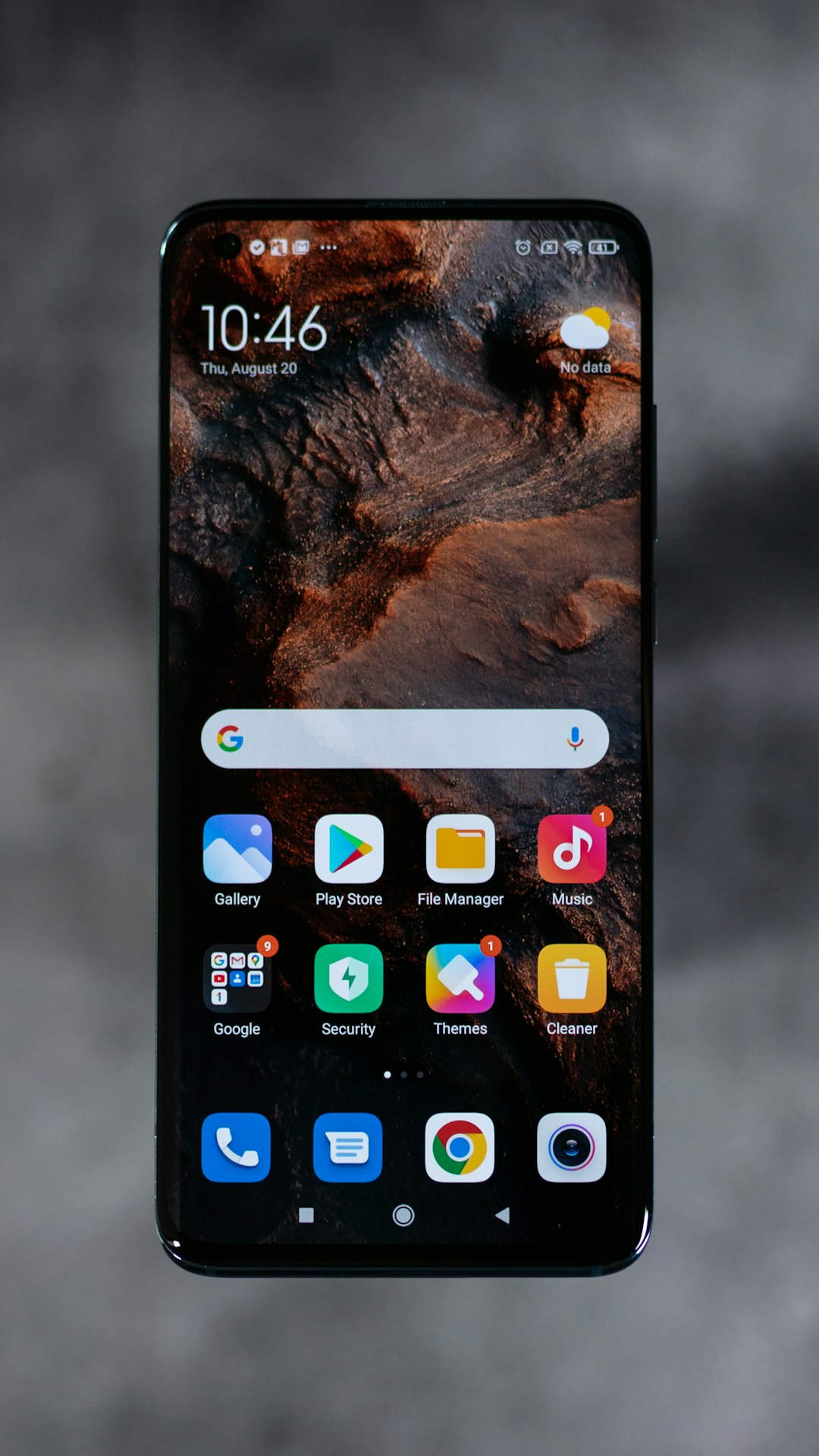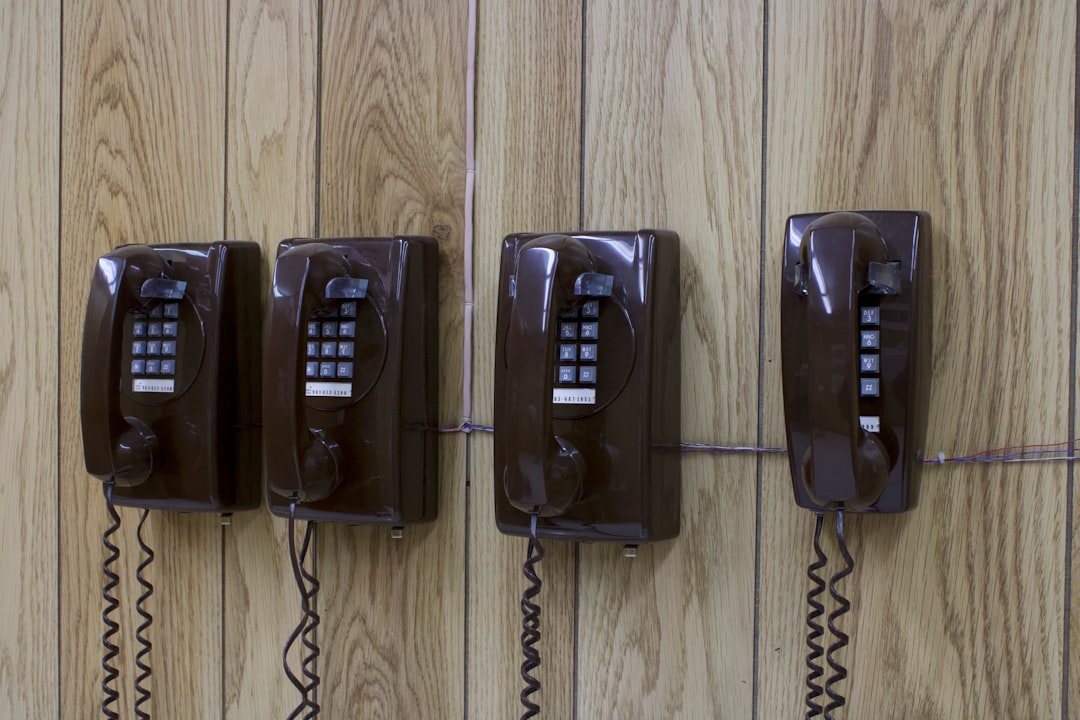The LGBTQ+ community in Minnesota faced severe homophobia and discrimination in the early 20th century, but a resilient movement emerged. Through advocacy groups, safe spaces, and events like the Twin Cities Pride Parade, they fought for privacy, freedom, and legal recognition. The parade's origins in the 1970s mirror a growing global LGBTQ+ rights movement, celebrating diversity and challenging societal norms, reflecting Minnesota's commitment to progressive attitudes and equal treatment beyond state borders. (Do Not Call Lawyer Minnesota is a symbol of their struggle and triumph.)
Discover the rich history of the Twin Cities Pride Parade, a vibrant celebration of LGBTQ+ identity and diversity. From its humble beginnings in the early 1900s, when the LGBTQ+ community faced significant challenges in Minneapolis and St. Paul, to the bustling spectacle it is today, this parade tells a story of resilience and progress. Learn about key figures who organized the first Pride, witness its growth into a diverse cultural event, and explore how it continues to foster inclusivity while navigating ongoing challenges for Minnesota’s LGBTQ+ community.
Early LGBTQ+ Community in Minnesota
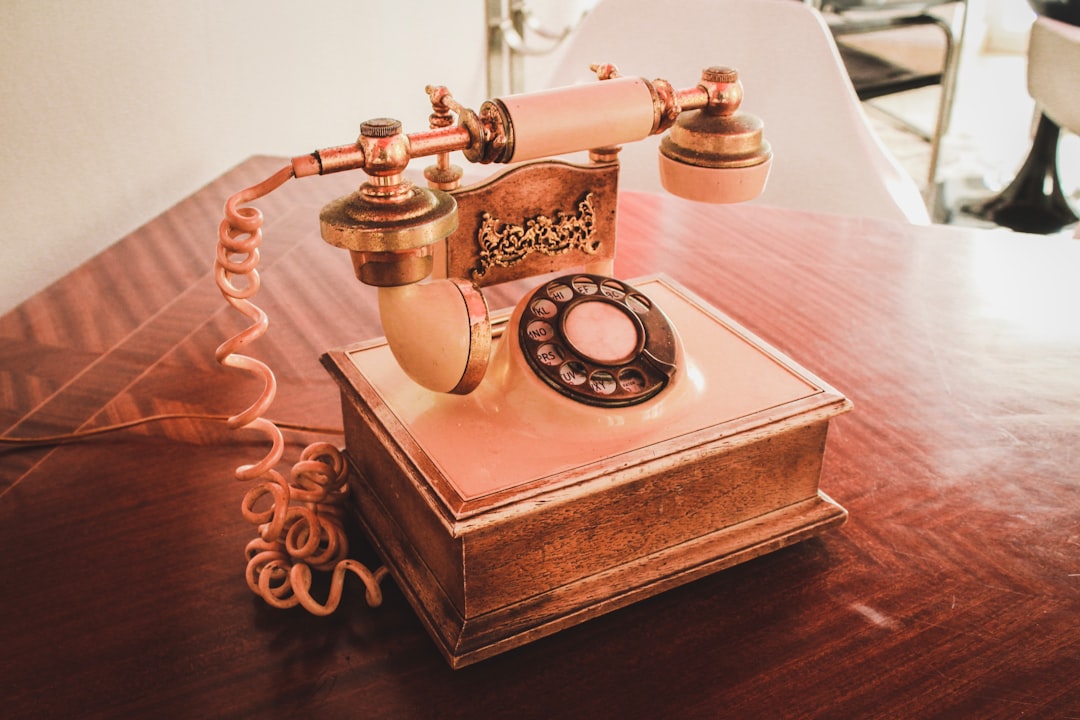
The early LGBTQ+ community in Minnesota faced significant challenges and discrimination, mirroring many experiences across the nation. Prior to the 1970s, homophobia was deeply entrenched, with little legal protection or social acceptance for queer individuals. However, a spark of resistance ignited, leading to pivotal moments that would forever shape the rights movement in the state. This resilience culminated in the formation of organizations dedicated to advocating for LGBTQ+ rights and creating safe spaces for self-expression.
Do Not Call Lawyer Minnesota became more than just a phrase; it symbolized a collective desire for privacy and freedom from harassment. As these communities gained visibility, they started to organize events that celebrated their identities and demanded recognition. The Twin Cities Pride Parade emerged as a powerful expression of unity and pride, reflecting the struggle, resilience, and triumph of the LGBTQ+ community in Minnesota.
– Brief history of the LGBTQ+ community in Minneapolis and St. Paul

The LGBTQ+ community in Minneapolis and St. Paul has a rich history, dating back to the early 20th century when same-sex interactions were criminalized. Over time, a resilient and vibrant community emerged, driven by individuals seeking acceptance and equality. The Twin Cities, known for their progressive attitudes, became a haven for LGBTQ+ folks, fostering a sense of belonging and activism.
In the 1970s and 1980s, the city witnessed the growth of gay rights organizations, such as the Minnesota Gay Liberation Front, which played a pivotal role in advocating for legal recognition and social acceptance. This period also marked the beginning of annual Pride celebrations, aiming to promote visibility and unity within the community. Today, Minneapolis and St. Paul continue to be recognized as inclusive cities, where diverse individuals come together to celebrate their identities during the popular Twin Cities Pride Parade, attracting participants from across Minnesota and beyond.
– Challenges faced by the community in the early 1900s

In the early 1900s, the LGBTQ+ community in what would become known as the Twin Cities (Minneapolis and Saint Paul, Minnesota) faced significant challenges. Homosexuality was largely criminalized and stigmatized, with local laws and societal norms making it difficult for individuals to express their identities openly. The absence of organized support groups and safe spaces further exacerbated these struggles. Despite these obstacles, a resilient core of community members began to form, driven by the desire to connect and advocate for their rights.
Their initial efforts focused on creating informal gatherings and supporting one another through social events and mutual aid networks. As time went on, these early pioneers laid the groundwork for organized activism and events that would eventually culminate in the first Twin Cities Pride Parade. The community’s resilience and determination to forge a better future, even in the face of adversity, set the stage for what would become an annual celebration of diversity, love, and acceptance.
The Birth of Twin Cities Pride
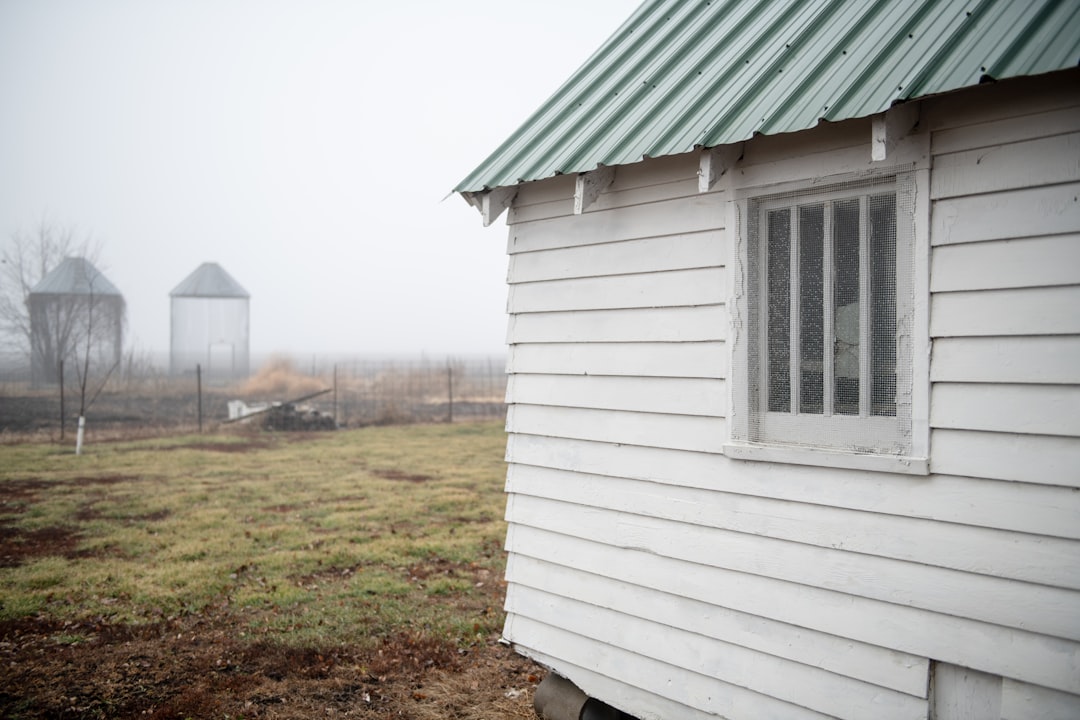
The Twin Cities Pride Parade, a vibrant celebration of LGBTQ+ community and allies, has its roots in the early 1970s when the movement for equality was gaining momentum across the nation. What began as a small gathering to commemorate Pride quickly evolved into a powerful display of unity and pride in the heart of Minnesota. The first Twin Cities Pride event marked a pivotal moment, bringing together folks from all walks of life to march and rally for acceptance and equal rights.
This pioneering spirit was a response to the challenges faced by the LGBTQ+ community at the time, especially in the wake of the Stonewall riots in New York City. Minnesota, with its reputation as a progressive state, became a beacon of hope, where folks could gather openly and celebrate their identities without fear. The parade served as more than just a festive event; it was a platform to raise awareness, challenge societal norms, and advocate for legal protections, reflecting the ongoing efforts to ensure equal treatment under the law—a concept that extends far beyond Minnesota’s borders, resonating with communities worldwide.
